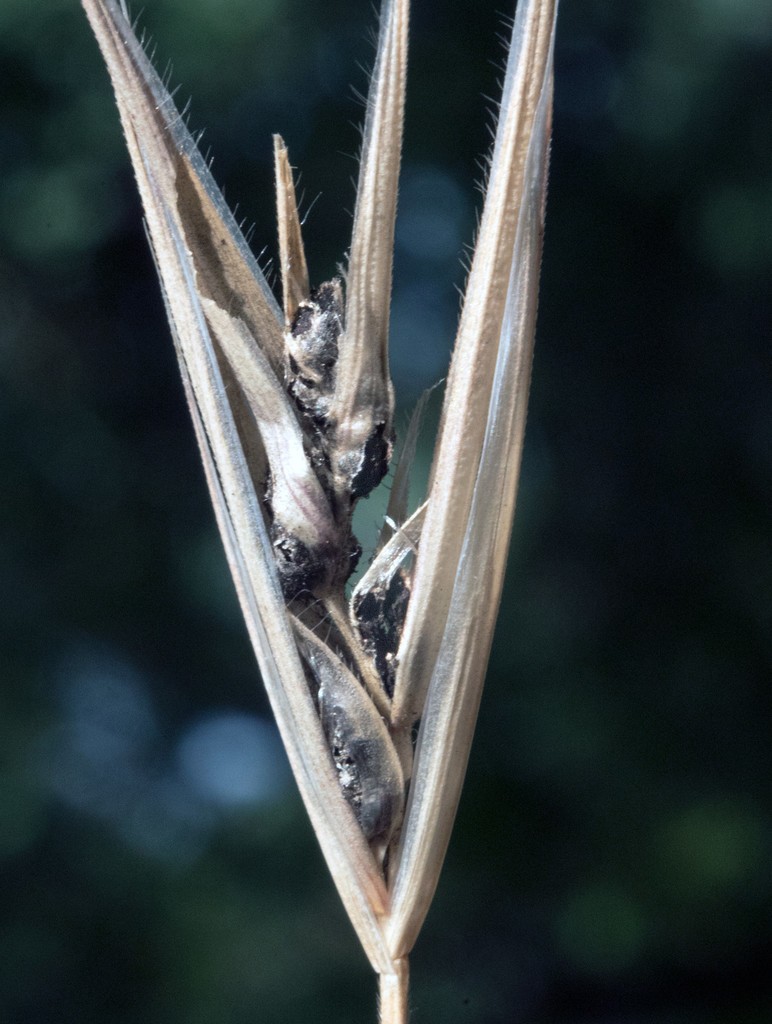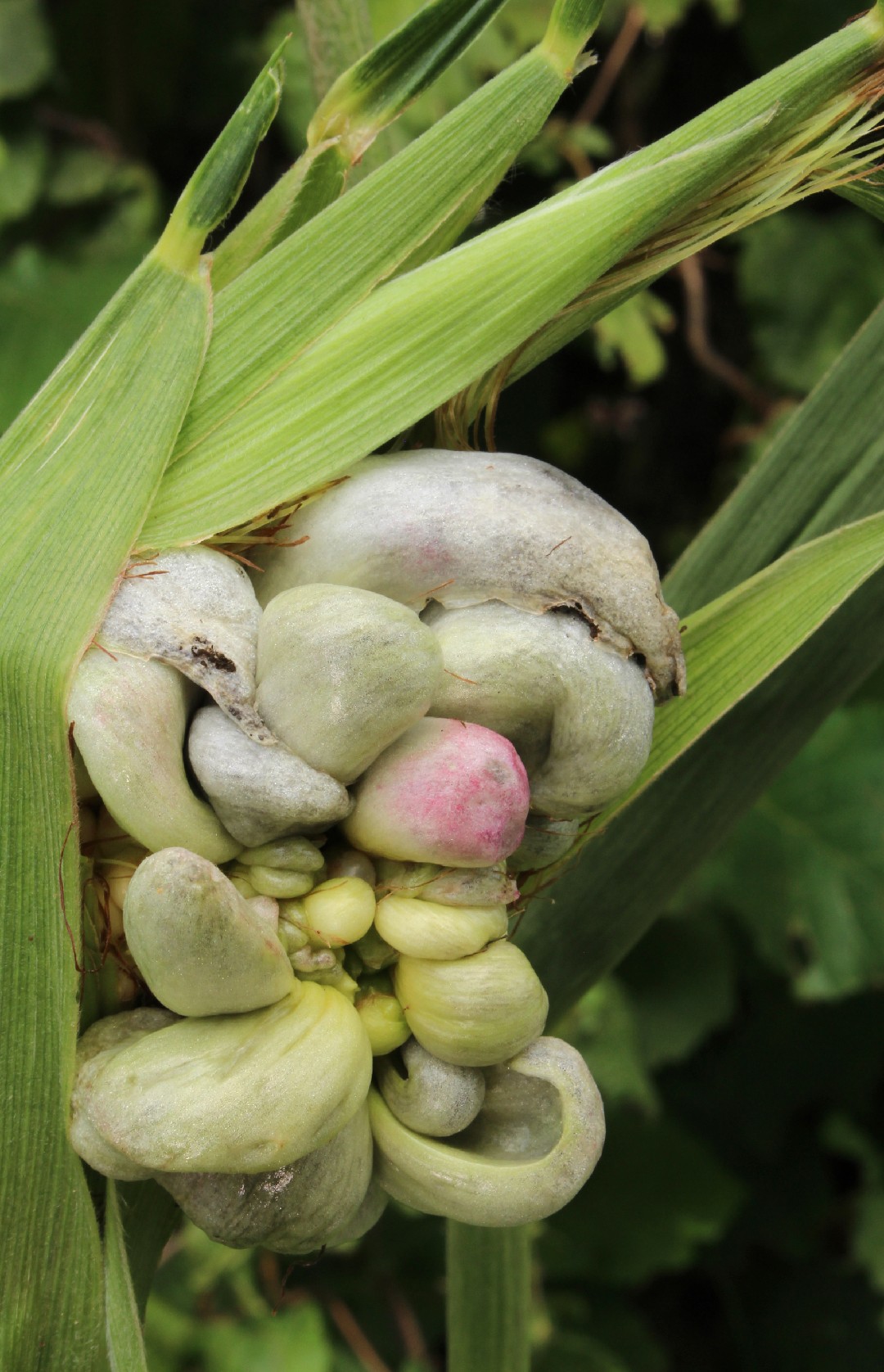Ustilago
Scientific name: Ustilago
Ustilago
Scientific name: Ustilago
 Photo By alan_rockefeller , used under CC-BY-4.0 /Cropped and compressed from original
Photo By alan_rockefeller , used under CC-BY-4.0 /Cropped and compressed from original Description
Ustilago, primarily parasitic on grasses, especially grains like wheat, oats, and corn, cause diseases known as smuts. They produce dark, thick-walled spores that can be seen as black powder on infected plants. An intriguing fact about some species within this group is that they can influence host development, creating plant structures that specifically aid the fungi’s lifecycle. These traits make ustilago a fascinating example of plant-pathogen interactions.
